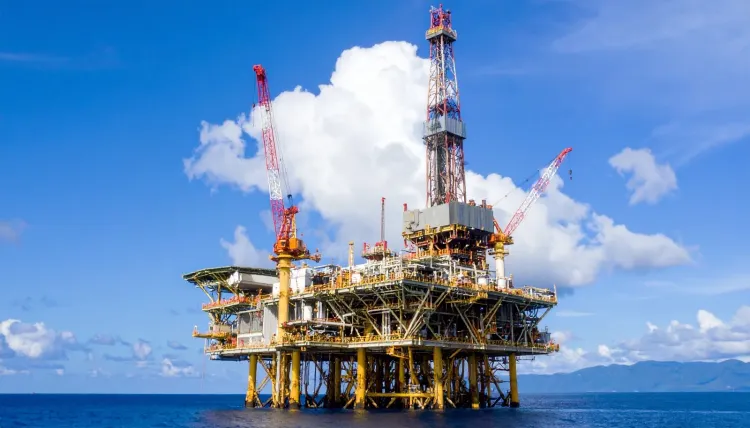Could Brent Crude Prices Reach $80 Amid US-Russia Tensions?

Synopsis
Key Takeaways
- Brent crude prices may hit $80-$82 by the end of 2025.
- US-Russia tensions are a key factor in oil price predictions.
- India's dependence on Russian crude has increased significantly.
- Geopolitical factors can create asymmetric risks in oil pricing.
- OPEC's actions will be crucial in stabilizing supply and demand.
Mumbai, Aug 2 (NationPress) Analysts predict that Brent crude oil prices may escalate to $80-$82 per barrel by the close of 2025. This forecast is largely attributed to escalating tensions between the United States and Russia, which pose a risk to the global oil supply chain. Brent Oil WTI Crude Oil October futures are projected to have a short-term target of $76, up from $72.07, with the potential to hit $80-$82 by the end of 2025. The supportive floor and ceiling are estimated at $69.
Meanwhile, the WTI Crude Oil September futures, currently at $69.65, aim for a short-term target of $73, and could range between $76–$79 by the end of 2025, with downside support set at $65.
Earlier this week, US President Donald Trump issued a 10-12 day ultimatum to Russia to conclude its military actions in Ukraine, warning that failure to comply could lead to further sanctions and hefty tariffs on nations engaging in trade with Russia, potentially driving oil prices even higher.
Trump previously mentioned that these secondary tariffs might soar as high as 500 percent. Countries reliant on crude oil imports from Russia face a challenging decision between accepting lower prices or confronting high tariffs on exports to the US.
According to NS Ramaswamy, Head of Commodities and CRM at Ventura Securities, “This could instigate a significant transformation in the oil market by diminishing spare production capacity and triggering a supply shock, which would reduce the surplus in the market until 2026.”
India's imports of crude oil from Russia have surged since the onset of the Ukraine conflict, rising from a mere 0.2 percent to approximately 35-40 percent, making Russia India's primary oil supplier.
Despite Trump's intentions to lower oil prices, any substantial increase in US supply will require time to materialize. Extracting proven oil reserves demands substantial labor, capital, and infrastructure, Ramaswamy noted.
“Support from Saudi Arabia and specific OPEC nations to bridge this supply gap will also experience delays, inevitably leading to a short-term price surge. The ramifications on oil balance would be considerable, resulting in a deficit even if OPEC+ refrains from additional supply cuts,” he elaborated.
While last week's US-European Union trade agreement has positively influenced the oil market, ongoing geopolitical tensions will continue to present asymmetric upward risks to oil prices.
Furthermore, markets are considering the potential increase in US inventories and the forthcoming interest rate decision, contributing to the strength of the US dollar, which exerts pressure on oil prices.









